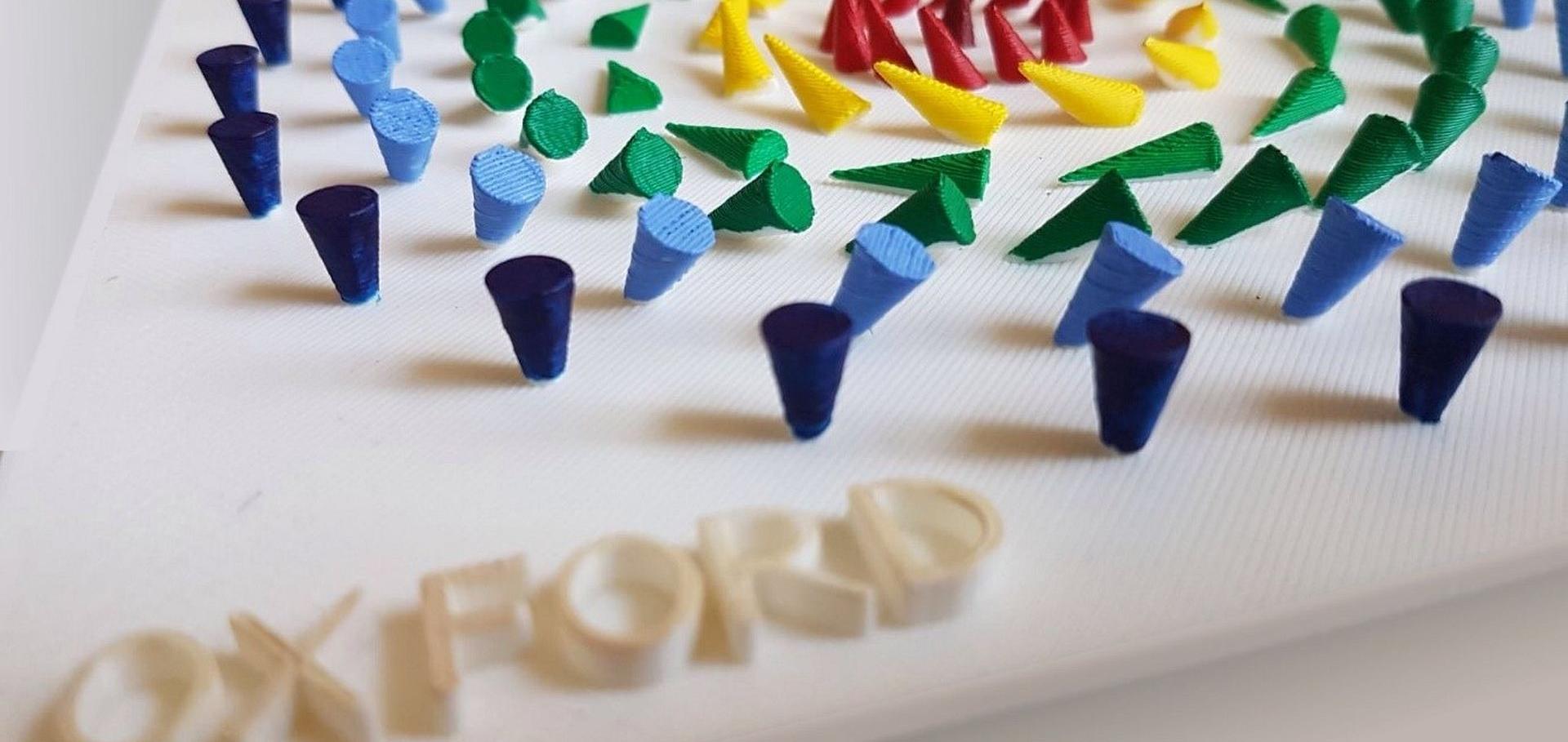Materials for quantum technologies: a roadmap for spin and topology
(2024)
Bending skyrmion strings under two-dimensional thermal gradients
Nature Communications Nature Research 15:1 (2024) 4860
Abstract:
Magnetic skyrmions are topologically protected magnetization vortices that form three-dimensional strings in chiral magnets. With the manipulation of skyrmions being key to their application in devices, the focus has been on their dynamics within the vortex plane, while the dynamical control of skyrmion strings remained uncharted territory. Here, we report the effective bending of three-dimensional skyrmion strings in the chiral magnet MnSi in orthogonal thermal gradients using small angle neutron scattering. This dynamical behavior is achieved by exploiting the temperature-dependent skyrmion Hall effect, which is unexpected in the framework of skyrmion dynamics. We thus provide experimental evidence for the existence of magnon friction, which was recently proposed to be a key ingredient for capturing skyrmion dynamics, requiring a modification of Thiele’s equation. Our work therefore suggests the existence of an extra degree of freedom for the manipulation of three-dimensional skyrmions.Magnetization dynamics driven by displacement currents across a magnetic tunnel junction
(2024)
Depth-dependent magnetic crossover in a room-temperature skyrmion-hosting multilayer
Physical Review B American Physical Society (APS) 109:13 (2024) 134423
Abstract:
Skyrmion-hosting multilayer stacks are promising avenues for applications, although little is known about the depth dependence of the magnetism. We address this by reporting the results of circular dichroic resonant elastic x-ray scattering (CD-REXS), micromagnetic simulations, and low-energy muon-spin rotation (LE-μ+SR) measurements on a stack comprising [Ta/CoFeB/MgO]16/Ta on a Si substrate. Energy-dependent CD-REXS shows a continuous, monotonic evolution of the domain-wall helicity angle with incident energy, consistent with a three-dimensional hybrid domain-wall-like structure that changes from Néel-like near the surface to Bloch-like deeper within the sample. LE-μ+SR reveals that the magnetic field distribution in the trilayers near the surface of the stack is distinct from that in trilayers deeper within the sample. Our micromagnetic simulations support a quantitative analysis of the μ+SR results. By increasing the applied magnetic field, we find a reduction in the volume occupied by domain walls at all depths, consistent with a crossover into a region dominated by skyrmions above approximately 180 mT.Strain‐Modulated Ferromagnetism at an Intrinsic van der Waals Heterojunction
Advanced Functional Materials Wiley (2024)


